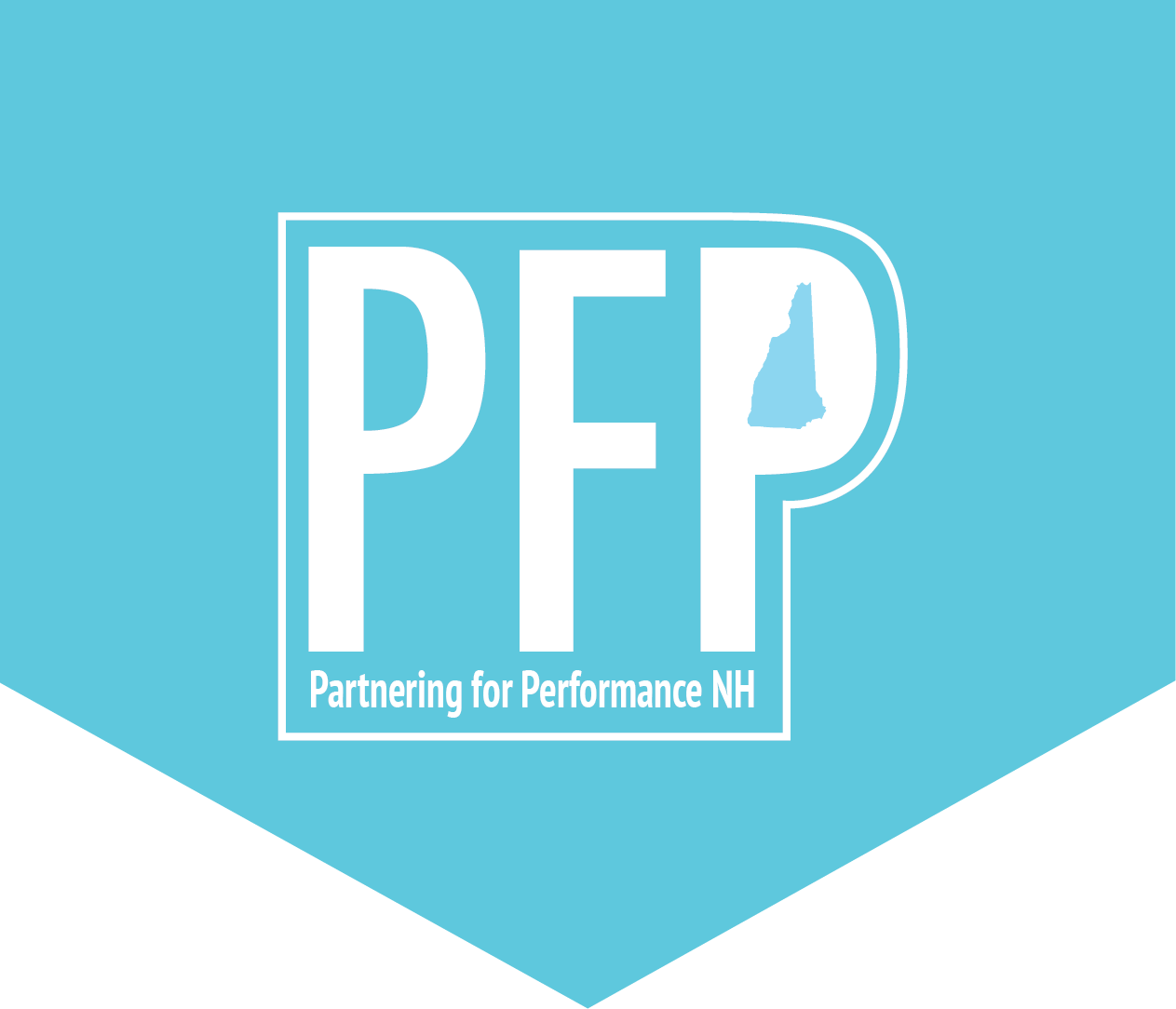This section details our yearlong process to create a list of supplemental measures that reflect our regional transportation landscape, and explains how we approached the federally mandated performance measures. Each section has an attached list of resources that we used and developed in each phase. For a more in-depth review of any phase, please see our full technical documentation, which is available here.
In 2012, Congress passed the Moving Ahead for Progress in the 21st Century Act (MAP-21), which mandated that all MPOs and DOTs set targets for specific goals and performance measures. To shift toward performance based planning, Strafford MPO helped create a performance based planning workgroup in 2014 to collaborate on this new process. The group was composed of representatives from the four New Hampshire MPOs, New Hampshire Department of Transportation (NHDOT), the Federal Highways Administration NH Division (FHWA), the Federal Transit Administration Region 1 (FTA), New Hampshire Department of Environmental Services (NHDES), and a representative from a NH rural planning commission.
In August 2015, Strafford MPO received funds from the FHWA to assist in a collaborative effort to implement performance based planning. The Strategic Highways Research Program (SHRP2) award enabled the workgroup to take the lead in incorporating “PlanWorks: Better Planning. Better Projects” into the Partnering for Performance New Hampshire project.
Throughout the project, the workgroup considered how best to meet the requirements for the mandated measures put forth by the FHWA, as well as to identify supplemental measures that addressed areas not covered by the federal measures.
Phase I focused on generating suggested measures. The workgroup came up with a list of 531 suggestions. Since identifying measures that were of interest to stakeholders and necessary for the region was a priority, we conducted an extensive stakeholder and context assessment. This effort resulted in the addition of 121 potential performance measures. Once the list of measures was generated, we developed primary evaluation criteria to determine the relevancy and feasibility of the potential measures.
During Phase II, which spanned three months, the workgroup narrowed the list of proposed measures from 652 to 24. By removing redundant measures, groups of similar measures, and non-quantifiable statements, the initial cleanup reduced the number of measures from 652 to 441. Using evaluation criteria established during Phase I, the workgroup again narrowed the list of measures, first to 152 and then to 74. After further considering the proposed measures, the workgroup ended with 24.
Phase III consisted of researching, reviewing, assessing, and selecting the methodology, protocols, and techniques to be used for measure calculation. Phases II and III were closely aligned, in that the evaluation criteria eased the acquisition of information used in the methodologies. Once the methodologies were drafted, they were reviewed and edited by data experts from each MPO. In addition to writing methodologies for our supplemental performance measures, we wrote easy-to-read methodologies for the mandated performance measures.
Phase IV included the calculation of the measures to determine baseline conditions, as well as current and past performance. There was some overlap between Phases III and IV. After the data subgroup revised the methodologies for Phase III, we began calculations and trend analyses, which were part of Phase IV. The workgroup drafted and revised methodologies for 21 supplemental performance measures. However, after further review and elimination due to a combination of factors, only seven methodologies were ready to be used in Phases IV and V.
In Phase V, the trends identified in Phase IV were analyzed and used with other variables to determine trends and targets for the seven supplemental measures. The workgroup also worked on setting targets for the FHWA’s safety measures and the FTA’s state of good repair measures. The project team and stakeholders created a list of project types that would help the regions and the state meet their targets.
Throughout this past year, we realized the four MPOs are stronger working together. In addition to setting targets and beginning to monitor goals for the measures, the workgroup is developing long-term strategies for continued collaboration to strengthen various MPO processes.
One of our priorities is incorporating new data collection efforts into our plans and working with stakeholders to begin addressing areas of performance not covered by the existing measures. Another priority is working with NHDOT on the mandated measures and on improving data quality and availability.

